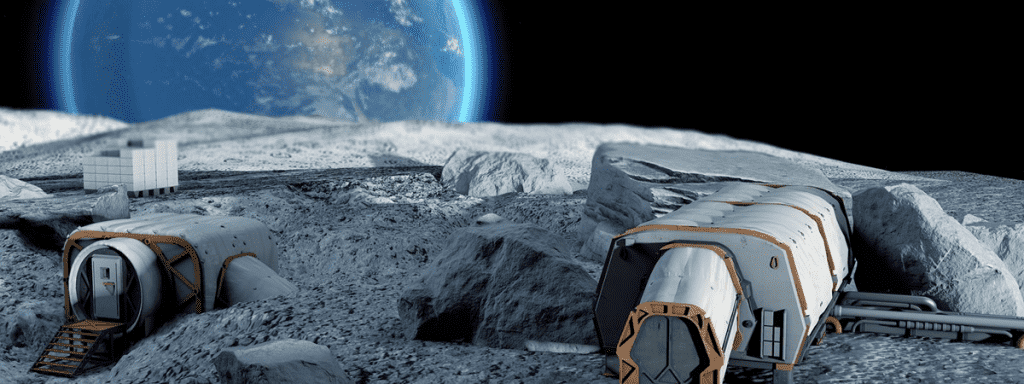Today we are talking about the recent development by an engineer at NASA who stepped up to develop a high-powered terahertz laser through which water on the moon can be determined. The effect produced by using this method is known as “quantum tunneling” and has proved to be an essential technology in exploring different objects in the solar system. As we know, scientists were already making efforts to locate traces of water on the surface of the moon, and it can be manifested from the previous experiments as well. However, most of the technologies used previously in the detection were lacking in distinguishing different materials among water, free hydrogen ions, hydroxyl, etc.

Hence, this Goddard engineer named Dr. Berhanu Bulcha has developed a heterodyne spectrometer that can directly target water by using different frequencies and wavelengths as it contains the functions of the spectrometer. For this, he manufactured this high-powered terahertz laser by collaborating with “Longwave Photonics through NASA’s Small Business Innovation Research (SBIR) program”. One of the specialties of this heterodyne spectrometer is that it only focuses on very specific light frequencies like infrared or terahertz, unlike other spectrometers which opt for a general and broader technique to focus.

Therefore, it should be noted that water molecules usually emit terahertz photons ranging between microwave and infrared radiation, which are then instantly picked up by this incredible heterodyne spectrometer. This heterodyne spectrometer combines incoming light with the laser source and then picks accurate readings for the spectrum. According to Dr. Bulcha, “The problem with existing laser technology is that no materials have the right properties to produce a terahertz wave.” He further said:
“This laser allows us to open a new window to study this frequency spectrum. Other missions found hydration on the Moon, but that could indicate hydroxyl or water. If it’s water, where did it come from? Is it indigenous to the formation of the Moon, or did it arrive later by comet impacts? How much water is there? We need to answer these questions because water is critical for survival and can be used to make fuel for further exploration.”

Therefore, Dr. Bulcha is focused on developing high-energy quantum cascade laser technology, which also has the benefit of less voltage consumption and at the same time generates high-quality laser light that can easily concentrate on specific wavelengths of molecules containing hydrogen. Hence, the development could be useful to find water on the moon and could open a door of opportunities for future research as well.


